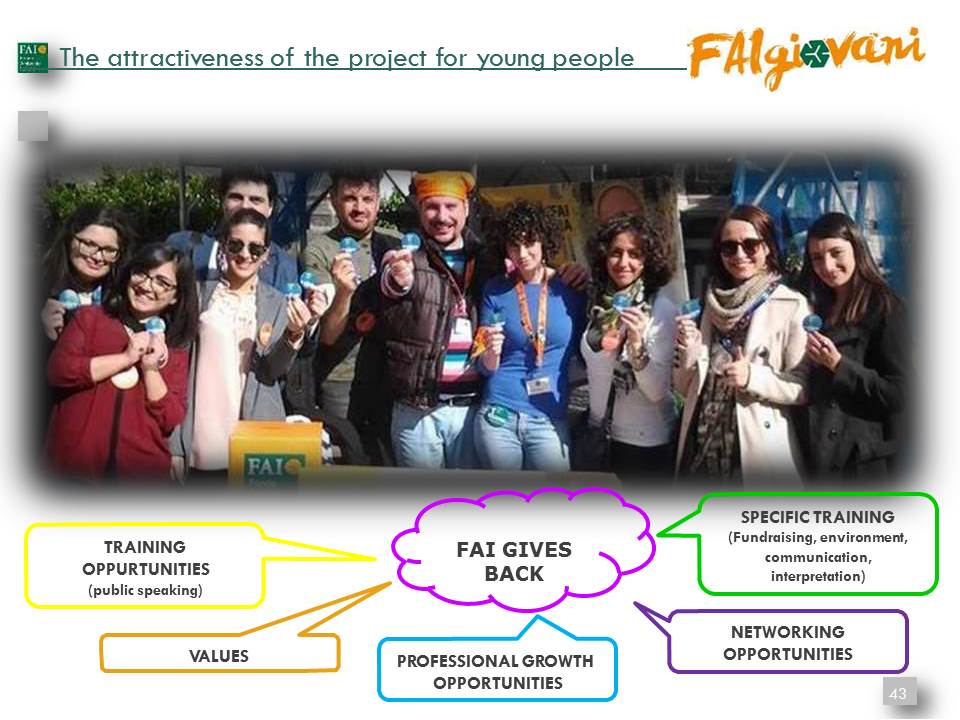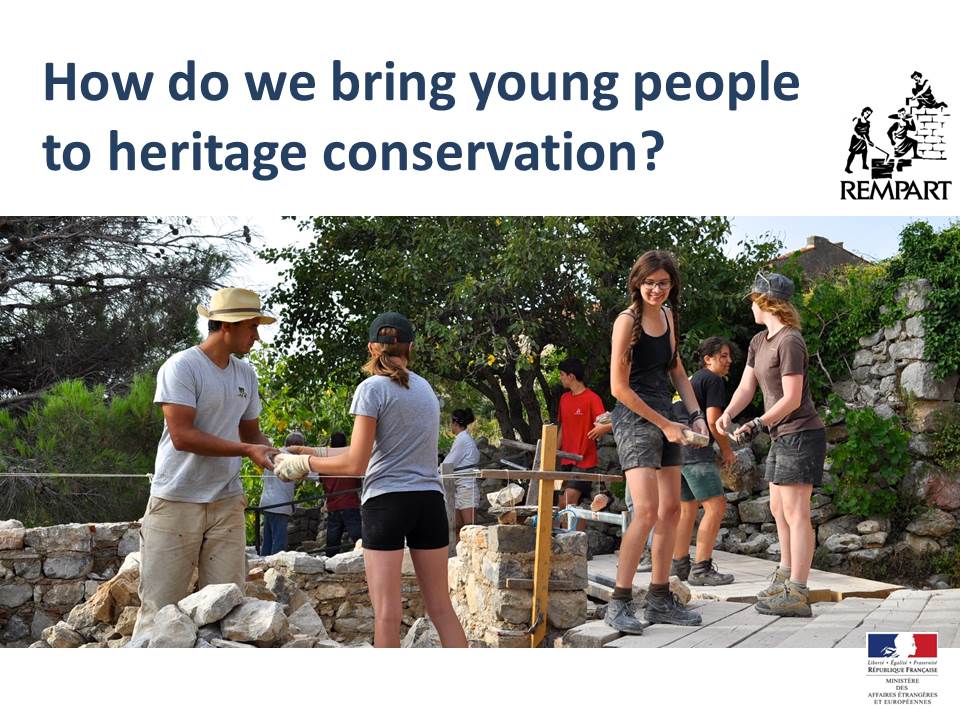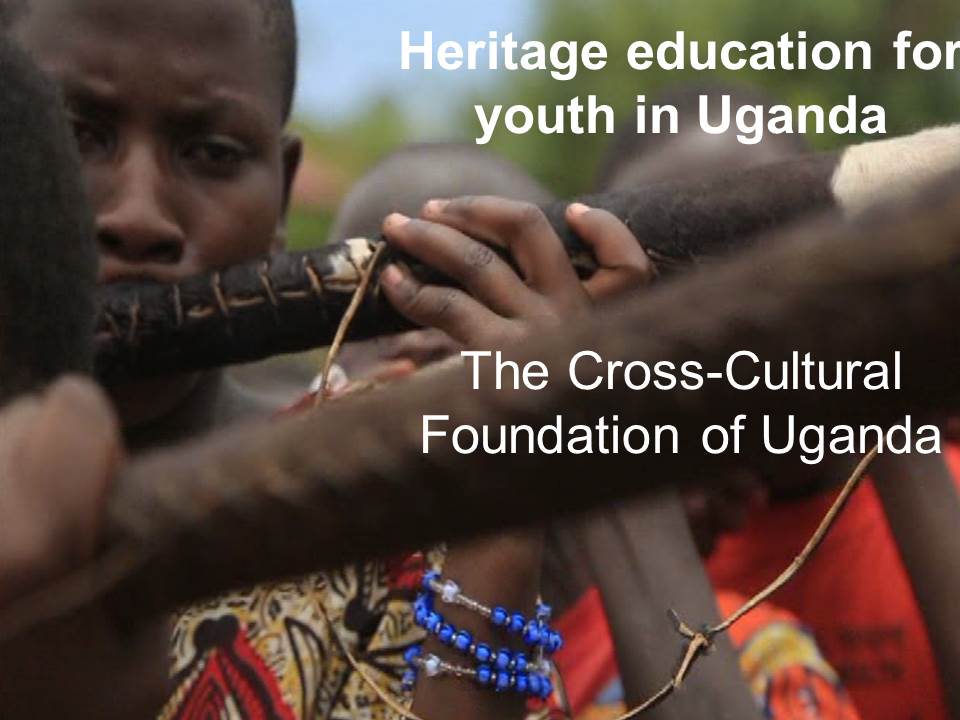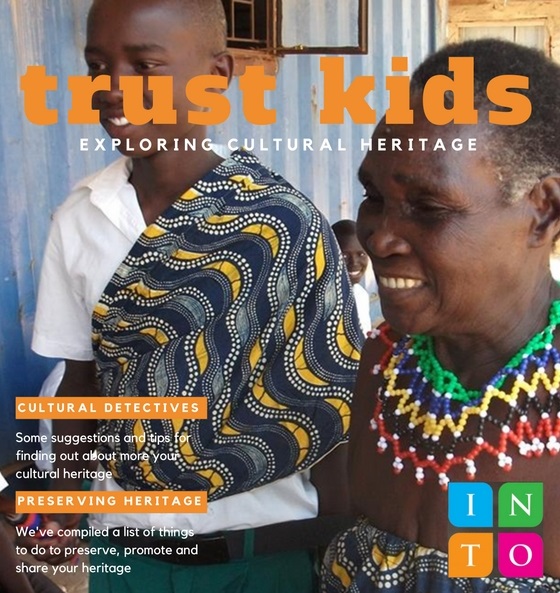-
Young people and heritage (Weekly blog, 8 October 2017)
Posted on October 8, 2017A blog by Catherine Leonard, Secretary-General
I very much enjoyed the ICNT workshop ‘Too old and too boring: How to involve young people in the heritage movement’. At one stage I was going to present INTO’s ‘Trust Kids’ work and share some good practice from across the network. But then I was able to persuade Fabrice and Alessandra firstly to actually come to the conference. Secondly to speak at this session. And I think it was the right choice! There has already been quite a lot of interest in following up the discussion. Our younger members are feeling inspired to establish an INTO Youth section and I hope this blog sparks yet more dialogue around the heritage education theme!
Too old and too boring
We heard first from Alessandra Varisco about FAI Giovani, the youth programme of the National Trust of Italy. FAI’s overall growth over the past forty plus years is impressive. 150,000 members; 300 volunteer groups and 775,000 visitors to their sites in 2016.
But it is the way they manage to engage young people which is so amazing. Through youth groups, internship agreements with universities, apprentice tour guides and summer camps, 270,000 students are involved. I think the FAI youth group model has some great learning points for INTO members. The characteristics that stood out for me were: co-ordination by one young delegate but with at least five supporting volunteers; and a start-up budget from FAI central office of €400. You can find out more here.

Social origins of the NT movement
Fabrice Duffaud of Rempart was next up and he outlined his organisation’s early beginnings as part of the youth and peace movement. He talked about Rempart fighting the idea that only specialists can do restoration work. I love their hands-on, socially responsible approach. And Fabrice highlighted the fact that young people learn not only conservation skills but also how to behave and interact. As I’ve said before, Rempart feels like an organisation Octavia Hill would have felt very comfortable with. (See an earlier blog of mine.) His full presentation is available here.

Personal heritage
Speaking about the Cross-Cultural Foundation of Uganda’s youth groups, John de Coninck emphasised their belief that culture is central to the development process. He explained that in Uganda, there are lots of young people, many of whom are very poor. He spoke about the pressure to modernise and that cultural heritage did not feature on the curriculum.
However, this had not deterred CCFU from starting around 130 after school heritage clubs. The focus of which is personal: from what your name means; reconnecting with your clan; learning about your ancestors. To playing traditional games and learning about cultural resources in the community. John’s presentation and accompanying notes are on the INTO website. CCFU have also produced a great toolkit, which is available here.
Locally sourced content
The session finished with a thought-provoking presentation from Urban Discovery. Ester van Steekelenburg began by showing delegates a series of images of Asian cities, many of which were fairly indistinguishable. Her company has tapped into the strong demand for authenticity from young people. Their city guides tap into that craving for reconnection and desire amongst travellers for authentic local experience. They are sourced by locals, designed by locals and powered by locals. Interestingly, the first app didn’t work even though they spent a lot of money on it. The second made a slow start but combined with a beautiful map, great story telling and engagement, has really taken off.
50 Things to do before you’re 11¾
In talking about the INTO ‘Trust Kids’ programme, I planned to mention the National Trust for England, Wales and Northern Ireland’s award-winning 50 Things programme. Essentially a list of 50 outdoor activities (from flying a kite to rolling down a really big hill; playing pooh sticks to having a snail race), 50 Things has been a huge success. It’s developed beyond the simple list into an essential part of Trust annual programming.
Not so boring really …
I’m really really interested in heritage education and engagement and always on the look-out for good case studies and tips. What stood out for me from this workshop was:
- Authenticity: All the experiences were real and hands-on. From playing a game of Omweso to learning traditional masonry. Real life experience.
- Adventure: Young people were given the opportunity to use their imaginations, to bring the past to life through first-hand experience.
- Activities: Learning is not just about historical artefacts but about skills like thinking, problem solving, questioning, respecting others.
- Anything goes: Be led by young people. Provide the right environment for them to engage and they will. Build it and they will come.
Our American Express Heritage Leadership Panel later that day further developed the engagement theme. I’ll write another blog about that shortly.
In the meantime, thanks for reading!

 44 (0)20 7824 7157
44 (0)20 7824 7157
